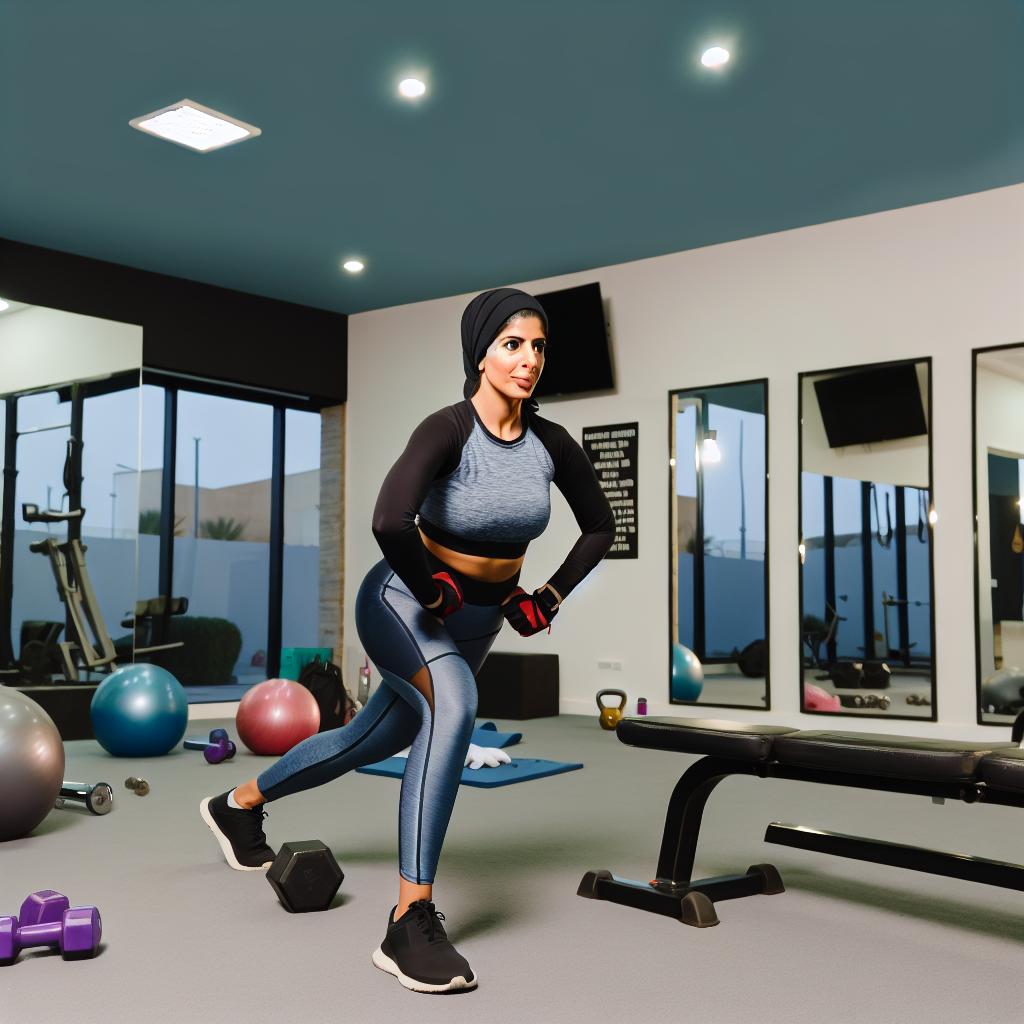
Embark on a journey to strengthen your core with these beginner-friendly workouts designed to build a solid foundation.
Identifying the Core Muscles and Their Importance
A robust core is the linchpin to overall fitness, providing essential support for every physical activity. The core muscles encompass the midsection, including the abdominals, obliques, lower back, and pelvic muscles. These muscles work in harmony to stabilize the body, enhance posture, and reduce the risk of injuries. By understanding the core's anatomy and functions, beginners can appreciate the significance of core training as a cornerstone of a well-rounded fitness regimen.
Moreover, a well-trained core transcends mere aesthetic appeal. It's instrumental in performing everyday tasks with ease, from lifting groceries to climbing stairs. Core strength also plays a pivotal role in sports performance, allowing athletes to execute movements with power and precision. Thus, knowing which muscles to target is the first step on the path to a stronger, more resilient body.
Starting with the Basics: Plank Variations
The plank is a quintessential exercise that activates the entire core without requiring any equipment. Beginners should start with the standard forearm plank, focusing on maintaining a straight line from shoulders to heels. To enhance engagement, it's vital to keep the abdominals tight and the glutes activated. As endurance builds, incorporating variations such as side planks can target the obliques, while dynamic movements like plank jacks can increase the cardiovascular challenge.
For those new to fitness, it's crucial to prioritize form over duration. Starting with shorter intervals, such as 15 to 30 seconds, and gradually increasing the time can help build a solid foundation without compromising on technique. Plank variations are not only versatile but also scalable, making them a perfect starting point for building core strength.
Engaging Your Core with Beginner Pilates Moves
Pilates is a low-impact exercise methodology that emphasizes core strength and flexibility. For newcomers, beginning with basic Pilates moves like the 'hundred' can kickstart core engagement. This particular exercise involves pulsing the arms while maintaining a crunched position, challenging the abdominals and promoting breath control.
Another foundational Pilates move is the 'single leg stretch,' which targets the lower abdominals and enhances coordination. By practicing these movements, beginners can develop a deeper understanding of core activation, learning how to control and isolate specific muscle groups for a more effective workout.
Incorporating Stability Ball Exercises for Balance
Stability balls, also known as exercise or Swiss balls, bring an element of balance to core training, engaging the stabilizing muscles to a greater extent. Simple exercises like ball bridges and ball marches teach beginners how to maintain control when external instability is introduced. These movements not only strengthen the core but also improve proprioception, which is the body's ability to sense its position in space.
For an added challenge, exercises such as the stability ball crunch or the ball plank require maintaining form while the ball introduces dynamic tension. This form of training is not only effective for building core strength but also fun and engaging, keeping motivation high for fitness novices.
Creating a Consistent Core Workout Routine
Consistency is key when it comes to developing core strength. Beginners should aim to incorporate core exercises into their fitness routine at least two to three times a week. By doing so, they can ensure progressive advancement in strength and endurance. It's important to vary the exercises to target different areas of the core and to prevent boredom.
Setting realistic goals and tracking progress can also help maintain motivation. Beginners can start with a simple routine consisting of two to three exercises, gradually adding more complexity as their strength improves. Remember, the journey to a stronger core is a marathon, not a sprint, and patience combined with persistence will yield the best results in the long term.

